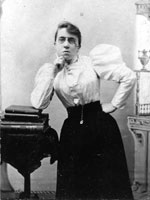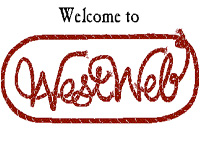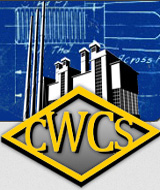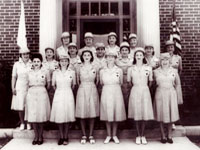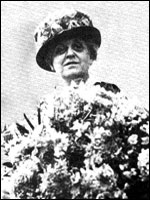Women Working, 1800-1930
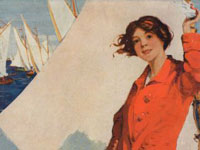
This site offers textual and visual historical resources for teaching, learning, and researching the history of women working in the United States. It currently includes almost 3,500 digitized books, 7,500 manuscript pages, and 1,200 photographs. Holdings include letters, diaries, scrapbooks, magazines, catalogs, photographs, books, and pamphlets (both non-fiction and fiction).
Visitors may browse through the "New Additions" area, look through materials by topic (such as home labor, arts, or business), search catalog keywords, or perform a full text search.
